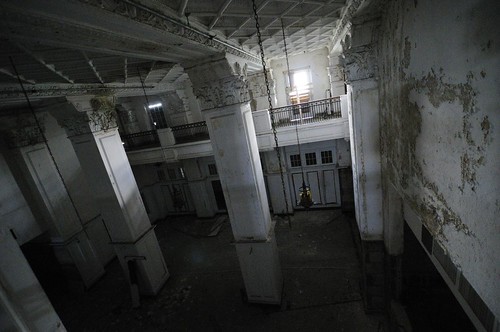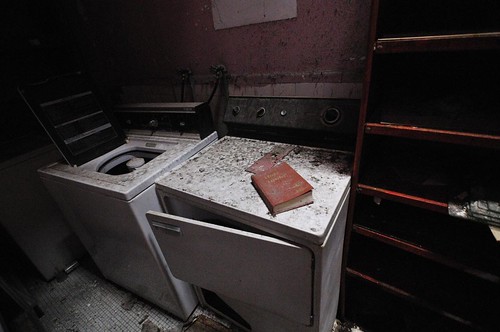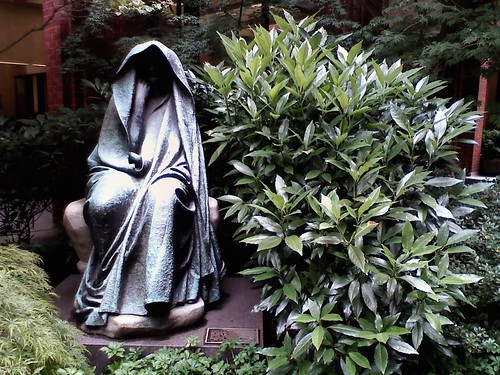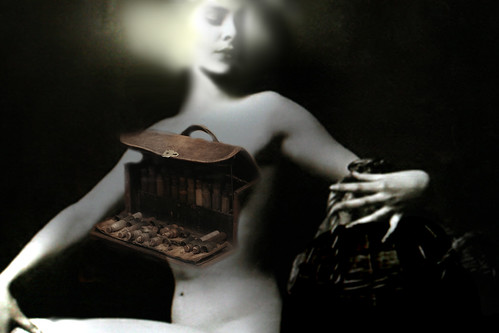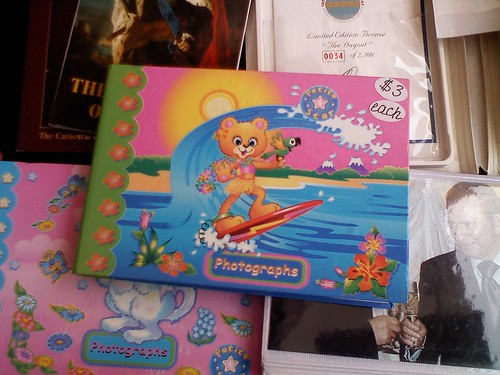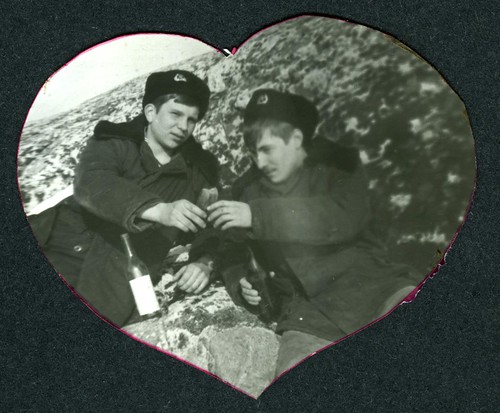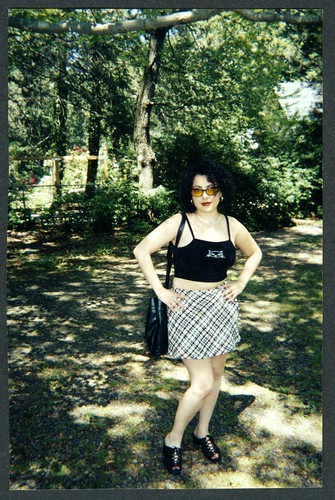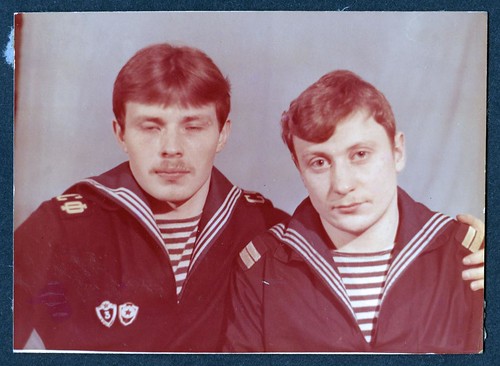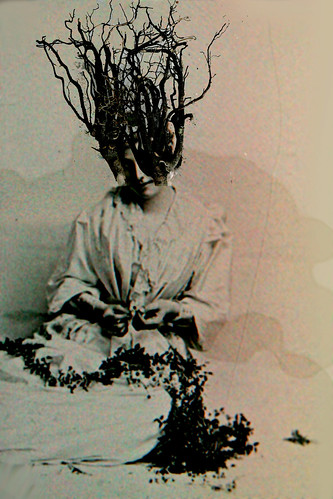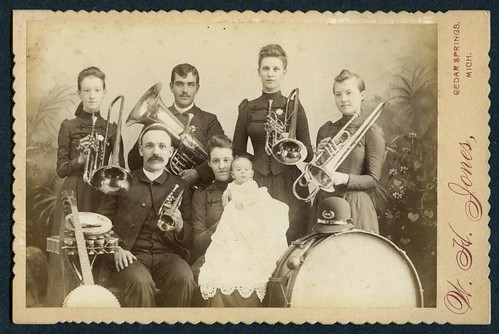 DVD Review: Last Year at Marienbad - Video - Blogcritics
DVD Review: Last Year at Marienbad - Video - Blogcriticsby Pat Padua
Alain Resnais' Last Year in Marienbad is one of the most infamous works of avant-garde cinema. It polarized audiences in its day, when audiences still cared enough to be polarized about an art film. Pauline Kael lamented the "creeping marienbadism" of modern cinema, and given subsequent art-film indulgences you can't really blame her. But is the movie any good? Mariendbad has been unavailable on DVD for years, but thanks to a stunning new transfer from Criterion, a new generation can make up their minds about what did or did not happen last year.
The plot, such as it is, may be little more than high-class melodrama: X (Albertazzi), meets A (Seyrig), at a party and insists he's met her before. The dialogue appears vague and impenetrable: the opening narration is nothing more than a catalogue of a decadent hotel's super-baroque details. But pure cinema takes you through it, literally, as the camera dollies along baroque corridors and follows a shot that may consist of nothing more than two nattily dressed Frenchmen spouting some kind of avant-garde boilerplate ("it was '28 ... or '29"). This subverts conventional narrative, of course, but it's also a celebration of cinema — Resnais and his crew demonstrate that you (if you are a genius surrounded by beautiful people and impeccable craftsmen) Resnais and his crew demonstrate that you can take any old dialogue - say, Alain Robbe-Grillet's - dress and light it and come up with something compelling. Like The Sound and the Fury, you may not know what's happening, but the confident style carries you along - and you will follow that aesthetic anywhere. What is often lost in the controversy about Marienbad and what it means or doesn't mean is that this is simply one of the most beautiful examples of filmmaking ever struck to celluloid. Sacha Vierney's lush black-and-white photography; the handsome pair of Delphine Seyrig and Giorgio Albertazzi; even the man who can't be beat at matchsticks, Sacha Pitoeff, has an otherworldly creepiness that's beautiful; he's no less than the French Timothy Carey. If the film can be taken as an scathing indictment of haut-bourgeoisie values, then it certainly does not eschew beauty, but revels and dreams in it.
Resnais previous and subsequent films were often directly engaged in politics: the Night and Fog of concentration camps, a love affair tinged with politics in Hiroshima mon Amour. But in Marienbad, Resnais puts the real world aside to build something that only seldom is achieved in art: a perfectly imagined, self-contained world. It's a world that's best experienced in full immersion, in a dark theater on a huge screen; but in the absence of that, Criterion's release is essential viewing.
The bonus disc includes two early Resnais documentaries, Toute la mémoire du monde (1956), whose tracking shots through vast libraries prefigure Marienbad's camera gymnastics; and Le chant du styrène (1958). Also on board is a half-hour documentary featuring interviews with surviving members of the production team. They were Young Turks working on this production, Resnais included, but their dedication to the project - even though the script mystified many of the participants - were crucial to this masterpiece. In fact, it is through the meticulous craftsmanship that the film is actually less convoluted than it's making. To take one example, a scene where X and A are followed down a long corridor turns out to be assembled from shots of three different corridors. The script girl (Sylvette Baudrot, who still works with Resnais today) helped bring scenes shot months apart into a seamless flow, taking a gesture that Delphine Seyrig makes to turn away in one shot, continue into the second shot, filmed a month later.



